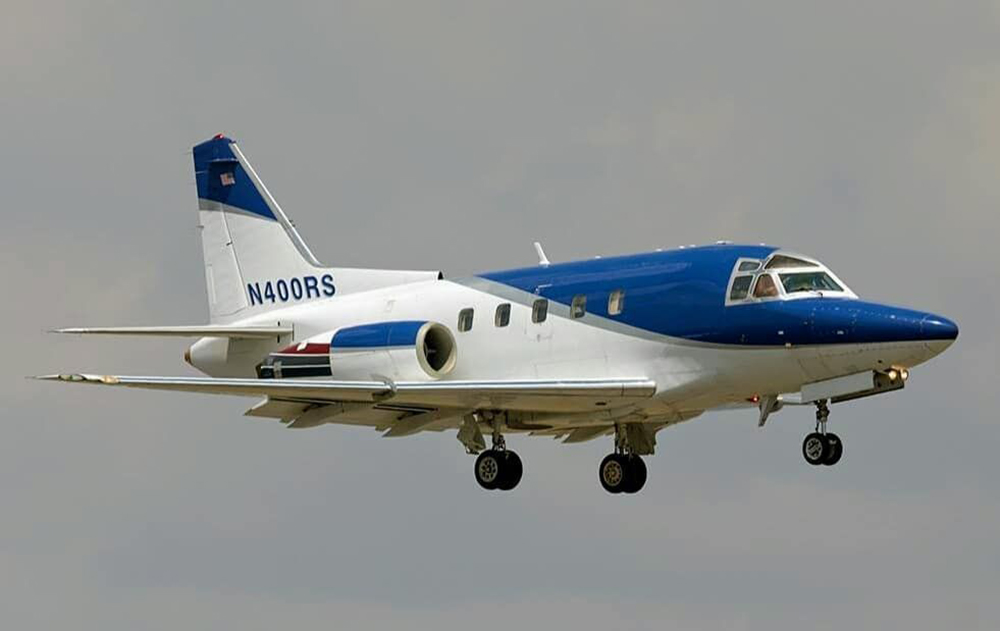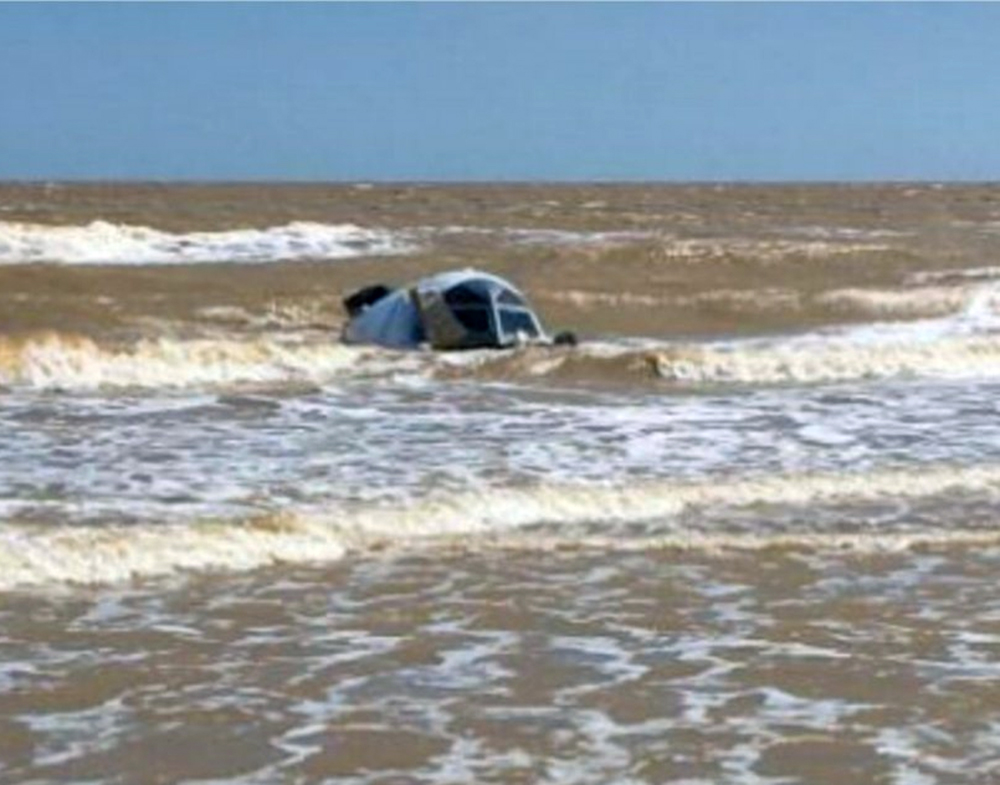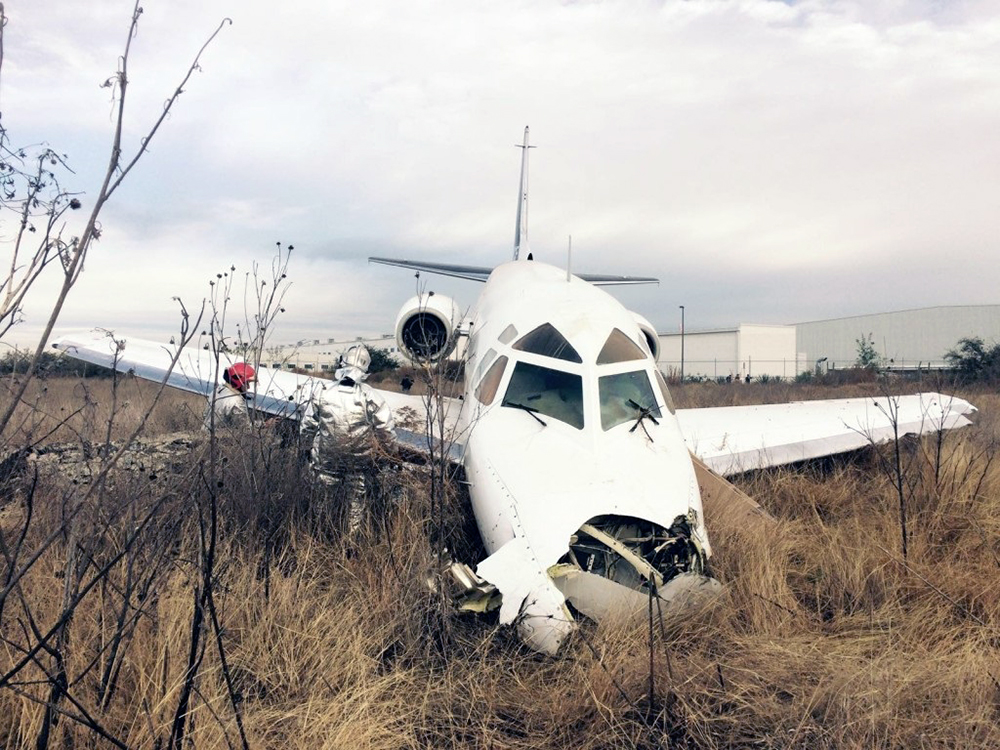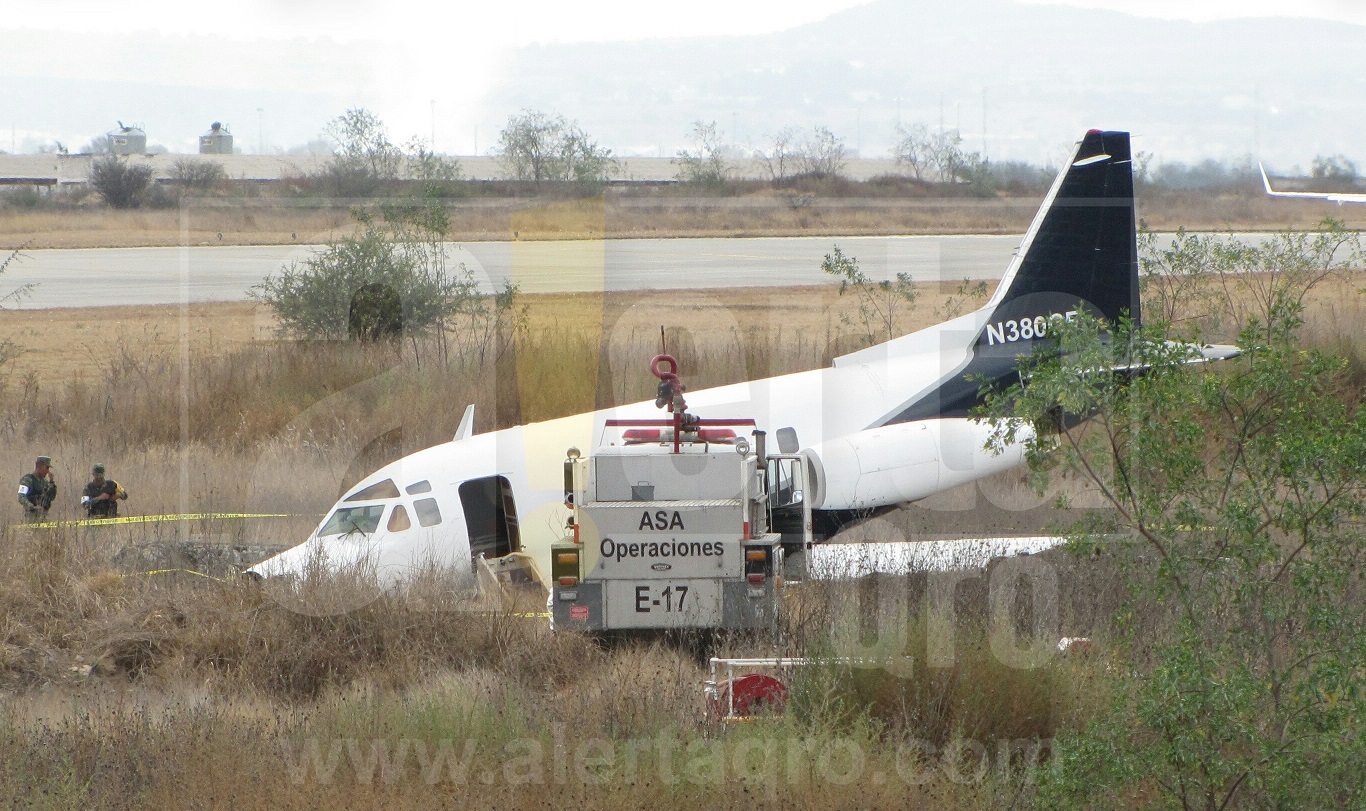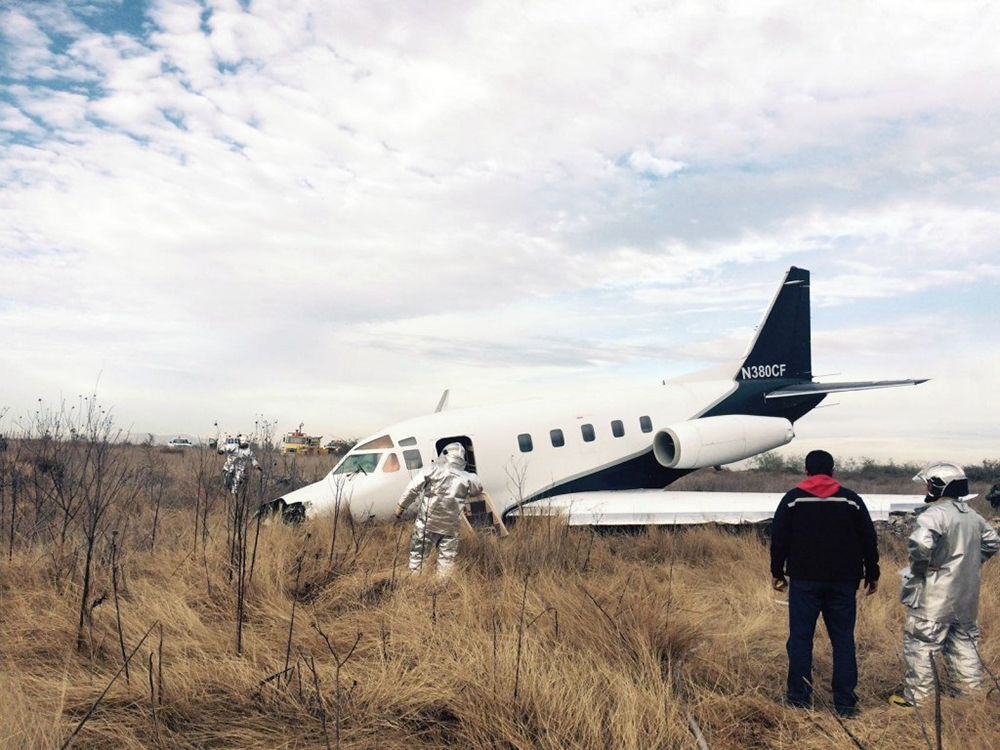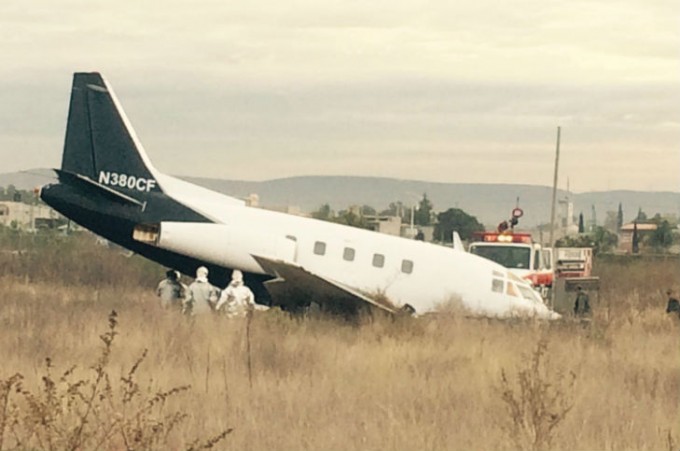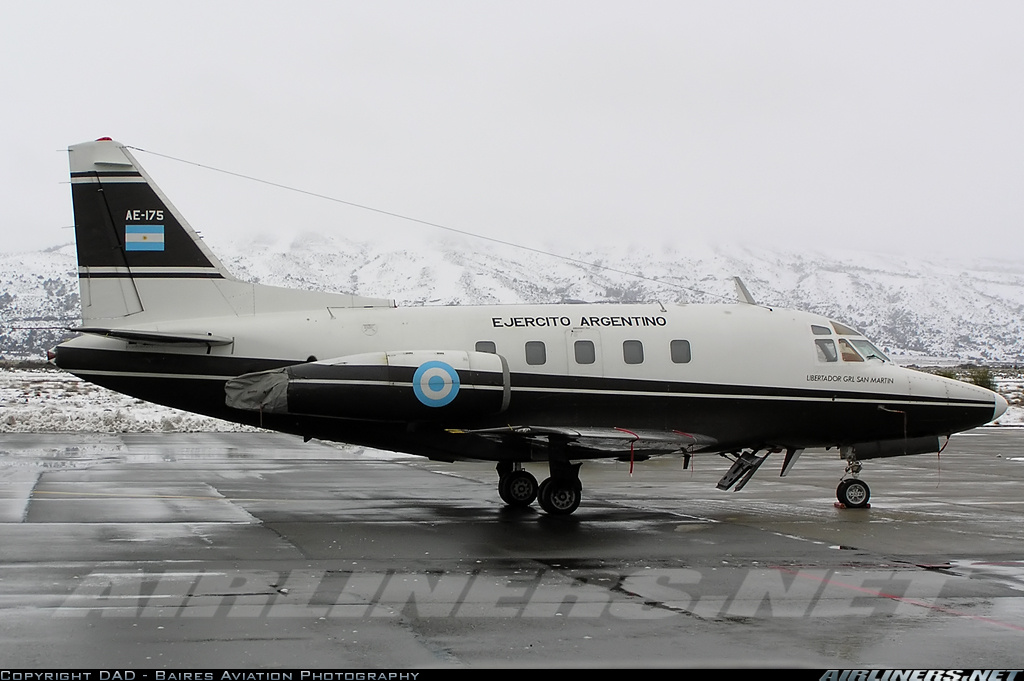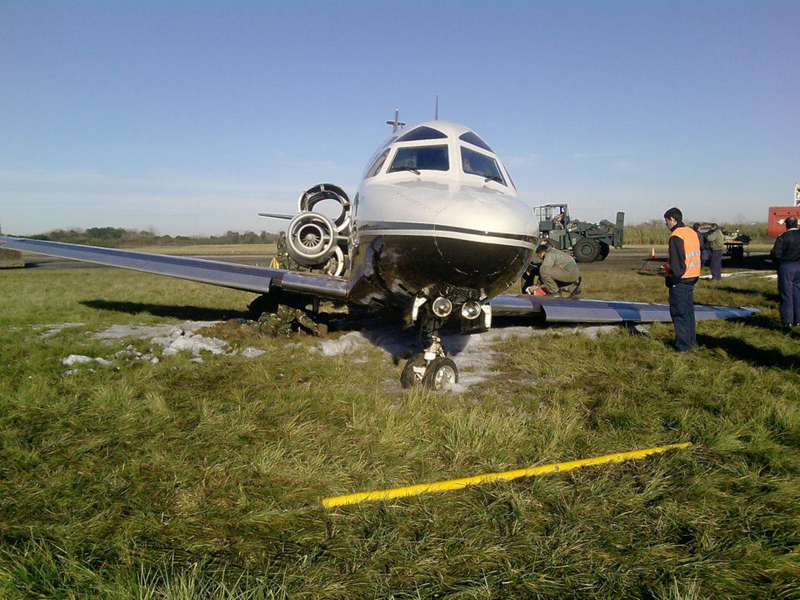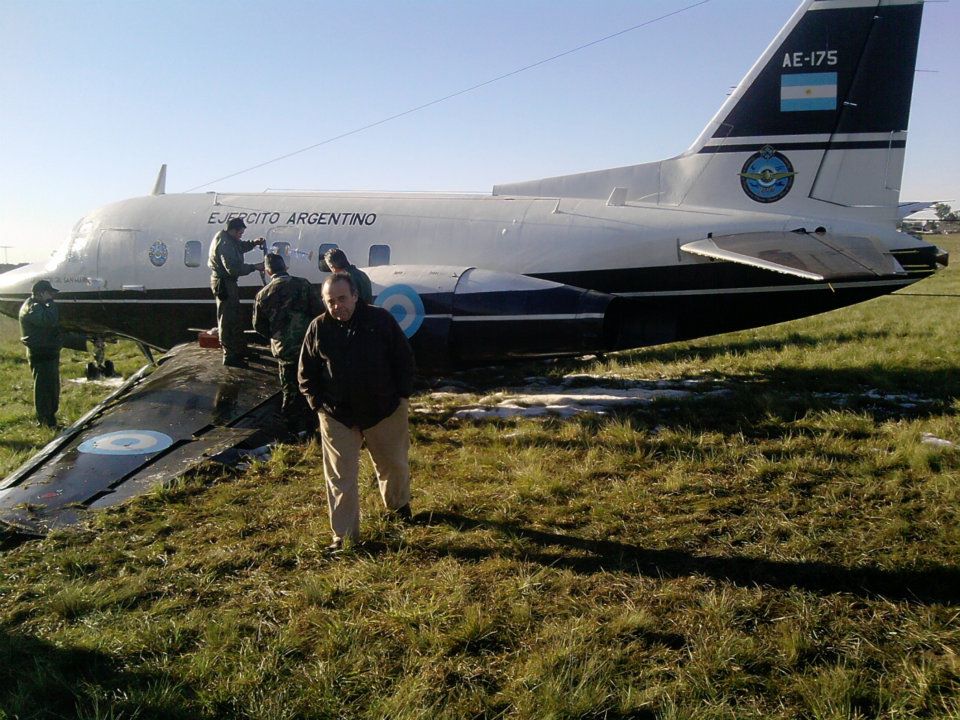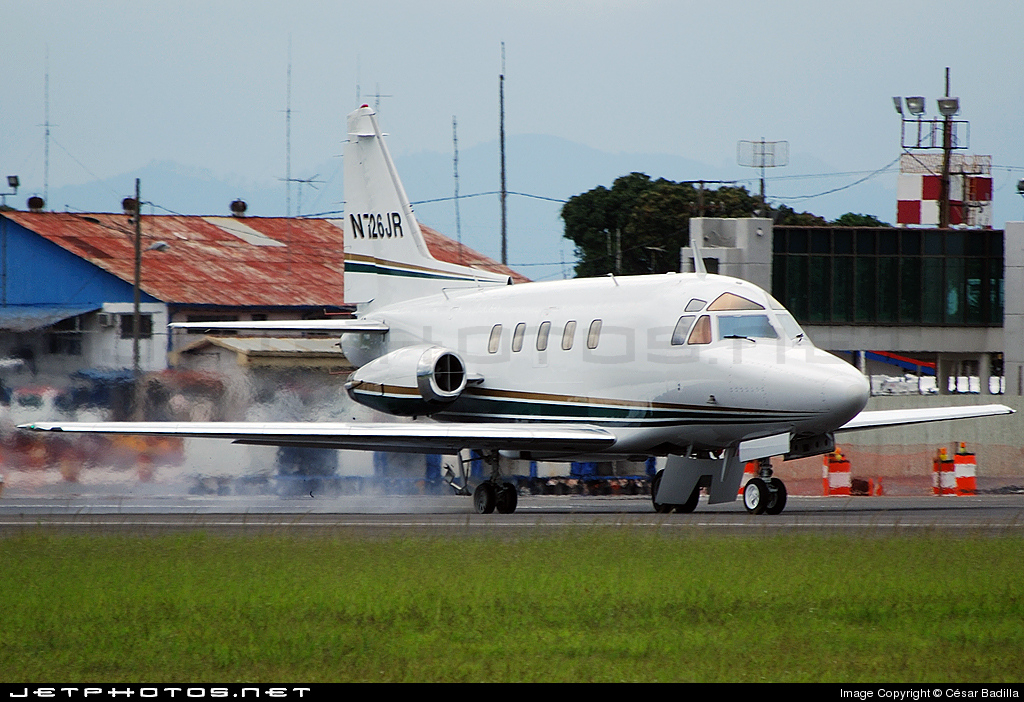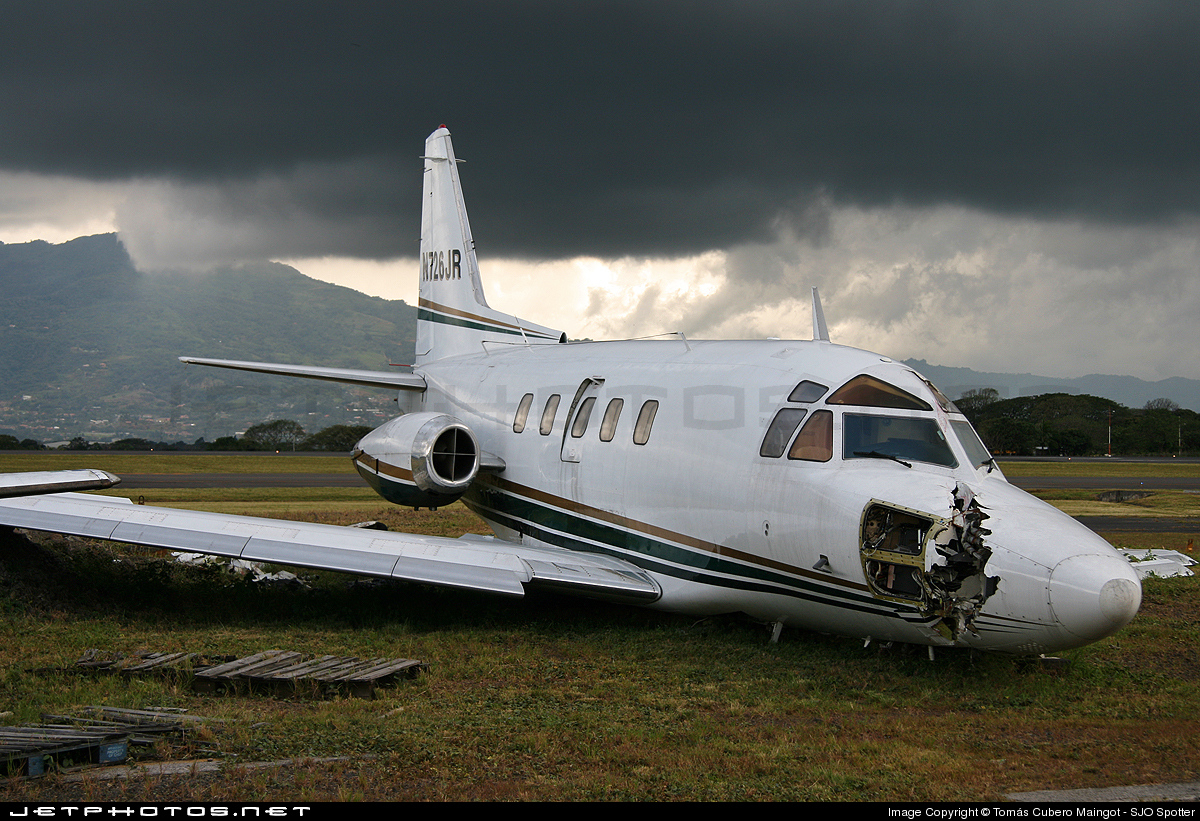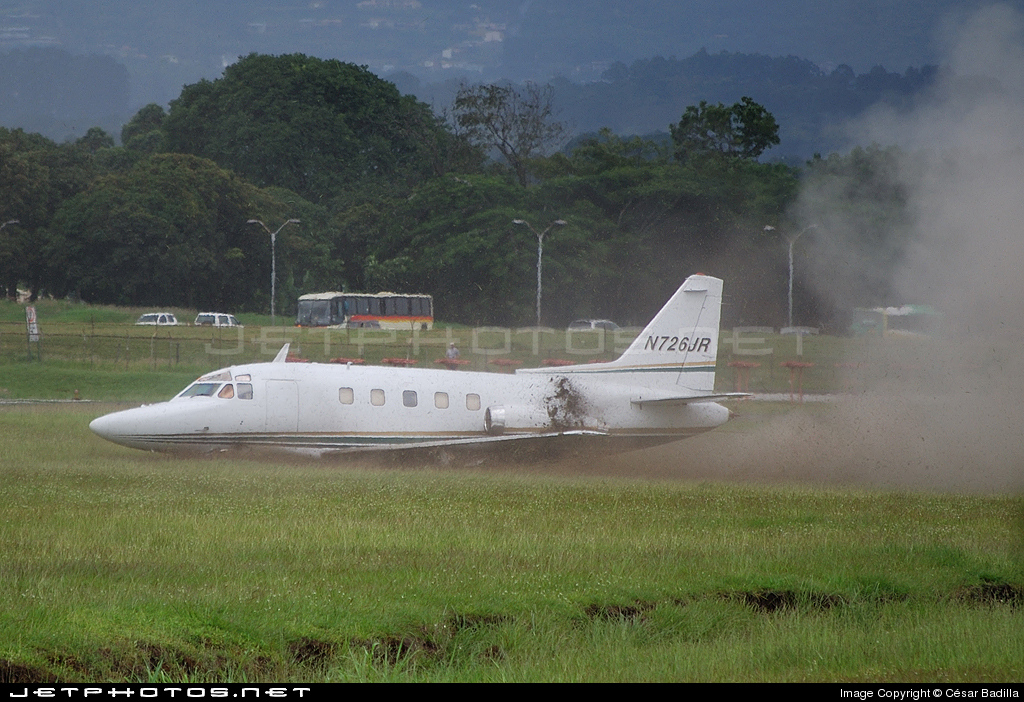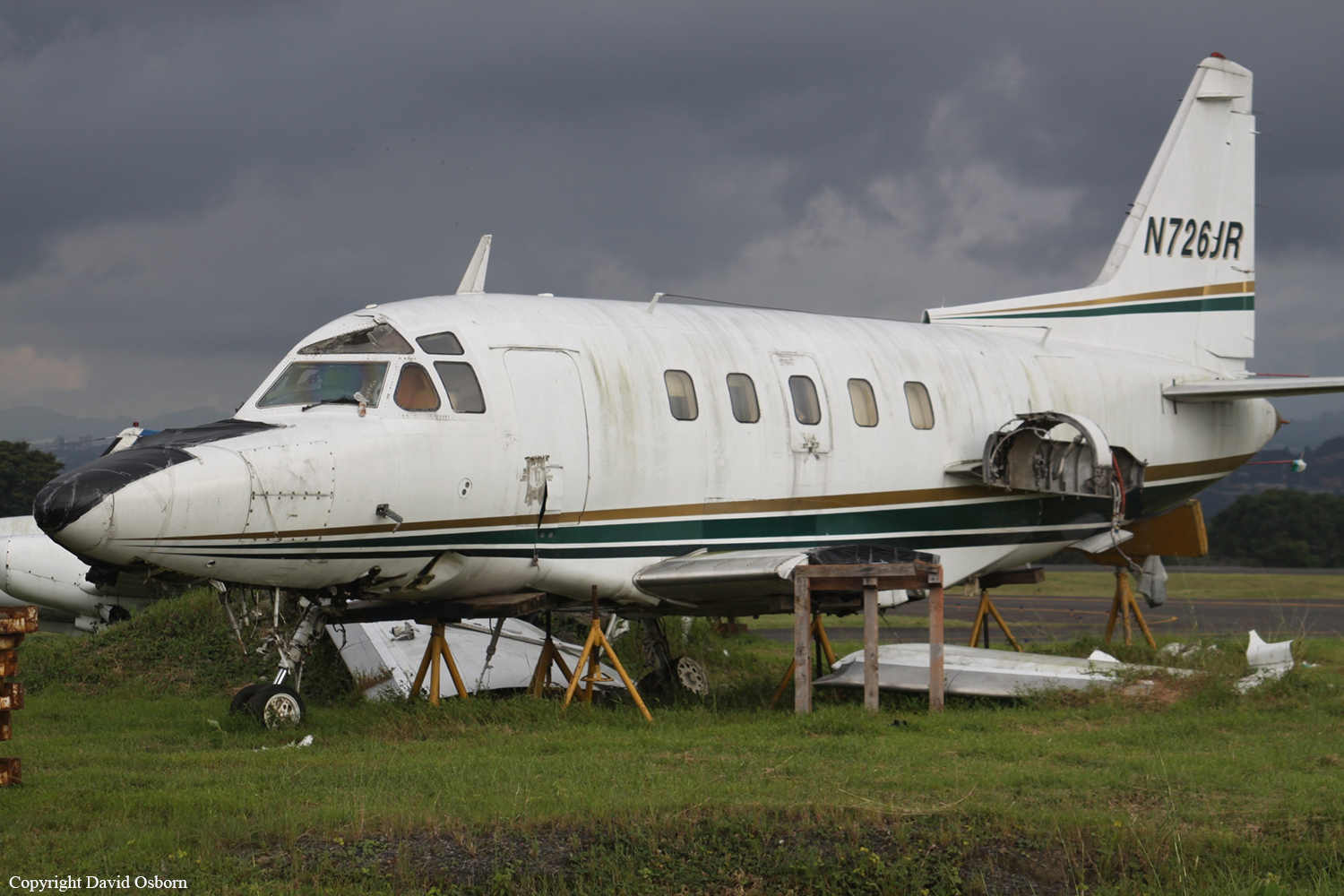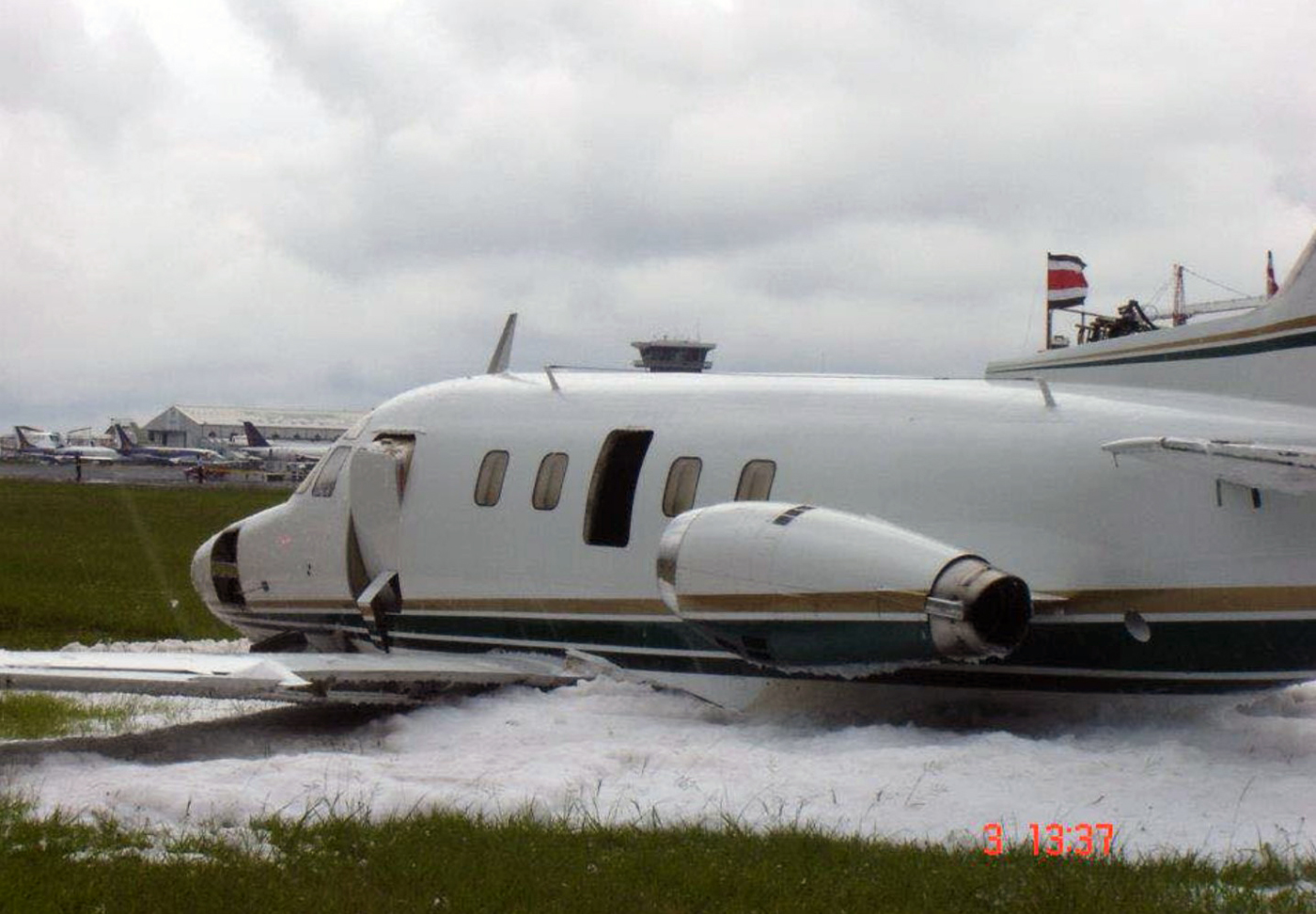Crash of a Rockwell Sabreliner 75A near Punto Fijo: 2 killed
Date & Time:
Aug 10, 2020
Registration:
N400RS
Survivors:
No
MSN:
380-25
YOM:
1978
Crew on board:
2
Crew fatalities:
Pax on board:
0
Pax fatalities:
Other fatalities:
Total fatalities:
2
Circumstances:
The aircraft entered the Venezuelan airspace without flight plan and authorisation. While flying over the Paraguaña Peninsula at low altitude, the crew was forced to land when control was lost. The aircraft crashed in shallow water few meters offshore, lost its tail and both wings. Both pilots were killed.
